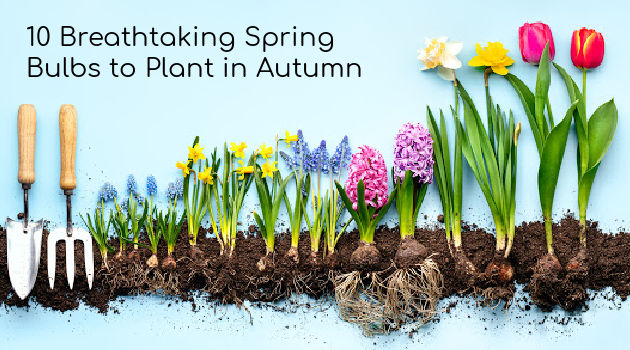Daffodils are one of springtime’s first blooms. But in the haste to kick off another gardening season, some people make a mistake. They cut down their daffodils far too early.
This video explains when you should cut down these beautiful spring flowers and how to cut them correctly.
When to Cut Back Your Daffodils (video)
A video transcript is below, for anyone who prefers to read the information.
Transcript:
Hi everybody and welcome to DIY Home and Garden. You can see I’m wearing my gardening hat today. And that’s because we are going to head outside in a few minutes and talk about how to cut back daffodils. And to know when is the correct time to cut them back.
I do receive emails and social media messages about this topic, some people tend to cut them right away after they bloom and that is making a mistake because that is causing some of y’all not to have your daffodils come up the next year.
Which is something I get a lot of questions about. Why didn’t my daffodils bloom? And this is probably where you could be going wrong.
To give you a better understanding, think back to science class in school. And if you remember, you talked about photosynthesis, which is when plants take all the energy it draws down from the sun rays and convert it into food and nutrients for the plants.
Well, when you think about it, daffodil bulbs are underground. So if you cut off those leaves and stems too early, you are depriving them because they can’t get that sunlight and soak it in. It relies on—the bulb relies on—the leaves to carry the nutrition and deliver it to the bulb underground.
So the best practice is to let your leaves kind of die over in place and let them lie so they can continue to soak up that energy from the sun. If you don’t like the leaves flipped over onto the ground, you can also make them into cute little bundles that kind of hold upright and they’ll still absorb that sunshine. But I’m gonna show you how to do that. Either way is fine. I prefer just to let them lie over and die on their own because I don’t mind that natural look. Some people are very disturbed by it, but that just boils down to a matter of preference.
So I’m going to show you both ways and how to cut back your daffodils. So why don’t you come with me? We are gonna head out to the garden.
Okay, everybody! Welcome back. I’m out here in the garden now. And you can see one of those little bundles I mentioned to you and I’m going to show you how to make those. But I want you to see when it’s time to do this cutting is when they’re naturally dying back.
In fact, these ones just kind of come out.
I want to show you how I made this little bundle in case you decide that’s the way that’s best for you. You want to take a leaf—just pull a leaf off of one of them. Go over like that and come back around with this. Just kinda catch all those and tie it off. It’s kind of like making a ponytail for your plants.
Now like I mentioned, I don’t mind the natural dying in place, so that is what I typically do. Again that’s your preference.
When you get ready to cut, you want to make sure you have clean, sanitary clippers. And you want to go all the way at the base. Try to grab everything.
(Dog howling in the background)
I don’t know if y’all can hear that—my dog’s really mad that I came out here without him. He usually comes out to work with me.
Alright.
So there’s your cut daffodils. You want to cut them all the way at the ground as close as you can, and then give it a little layer of mulch.
Hey everybody, as you can see I’m back inside now. And after I finished showing you how to trim back your daffodils, I finished doing most of mine. I have over a hundred bulbs planted in my front bed. However, all things are not always created equally, and as you saw in the video, some of mine were so dry they were just kind of coming off in my hands. Others were yellow around the tip and about halfway down the leaves.
Any less than that and they are not ready to start trimming. Therefore, what I’m going to need to do is go back outside in a week or so and check the ones that are in the more shaded areas that receive less sunlight. They will probably take a little bit longer before they are ready to trim back.
I completed all the ones that were ready and will have to go back to them soon. And another final note is that the stems and leaves of your daffodils are compostable materials. They are great for your compost.
Until the next time that I see you, I hope you have a happy DIY day.
(end transcript)

The Takeaway: Don’t Cut Back Daffodils Too Early!
If you cut back daffodils too early, you deprive the bulbs of essential nutrients that deliver to the bulbs via the leaves. In your eagerness to kick off the new gardening season, you might be harming your bulbs by mistake.
Please join us on social media to let us know your spring bulb care tips. I love hearing from you! Until the next video or blog, have a happy DIY day!

